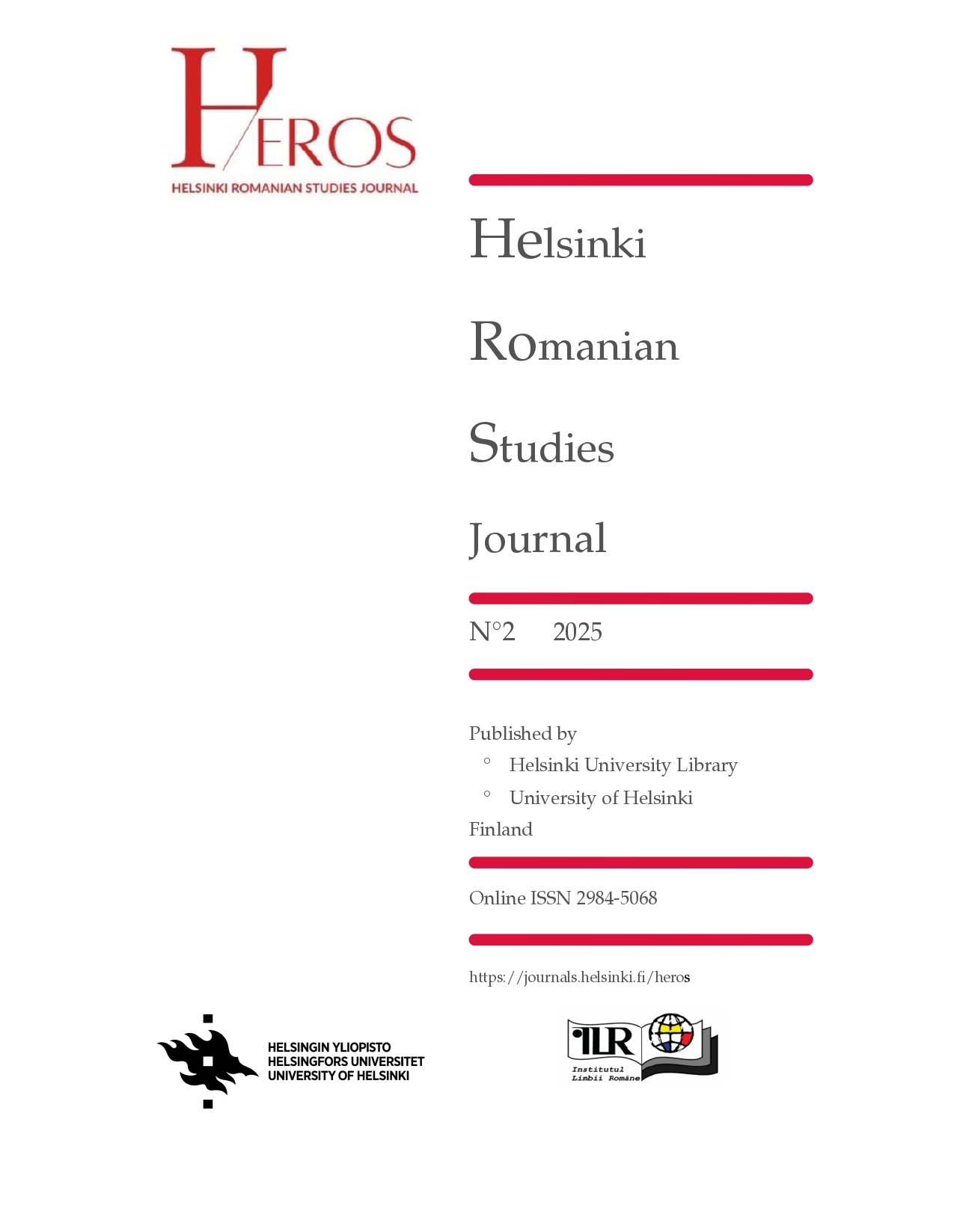Dynamics of Urban Multilingualism: The Case of Timișoara-Temesvár
DOI:
https://doi.org/10.31885/her.1.2.010Keywords:
linguistic identity, border regions, globalization, Romania, ethnography of languageAbstract
This paper offers an empirical case study of the current sociolinguistic situation of ethnic minorities in and around Timișoara, the capital of the historical Banat region in modern Romania, located at the intersection of Hungary and Serbia. The study is based on data and material collected in March 2023 from representatives of the Hungarian, German, Serbian, and Slovak minorities in both Timișoara city and nearby rural areas, with a particular focus on young speakers. These communities have experienced significant demographic decline due to emigration and assimilation, leading to a decrease in both absolute numbers and relative proportions. However, despite these challenges, each minority group retains a resilient core, supported by cultural institutions such as schools, which facilitate the intergenerational transmission of ethnic heritage languages.
Exploring ongoing language shift processes within the local minority communities, the study reveals a transition from historically rich patterns of multilingualism to predominant bilingualism in Romanian. Additionally, a new dimension of trilingualism is emerging, as English increasingly serves as an intercultural and global language. This linguistic shift is analysed within the broader framework of urban multilingualism, in which linguistic diversity shapes social relations, cultural belonging, and identity in urban settings.
By focusing on language transmission and use across generations, this study provides insights into the future prospects of language vitality and maintenance within the ethnic and linguistic groups in Timișoara and the Banat region. Understanding these dynamics is crucial for assessing the sustainability of regional linguistic diversity and cultural heritage in a rapidly changing sociocultural landscape. The findings contribute to broader discussions on language policies, identity, and minority rights in multilingual societies. Moreover, by focusing on young speakers, this study highlights linguistic trends that are increasingly characteristic of border regions across Europe, where multiple linguistic influences interact and evolve in response to both local and global pressures.
Downloads
Published
How to Cite
Issue
Section
License
Copyright (c) 2025 Ekaterina Gruzdeva, Jonathan Banks, Anna Busheva, Andrei Dumitrescu, Juha Janhunen, Monika Murgová, Anna Sedláčková , Kristina Sherrill , Mikhail Zolotilin

This work is licensed under a Creative Commons Attribution 4.0 International License.






